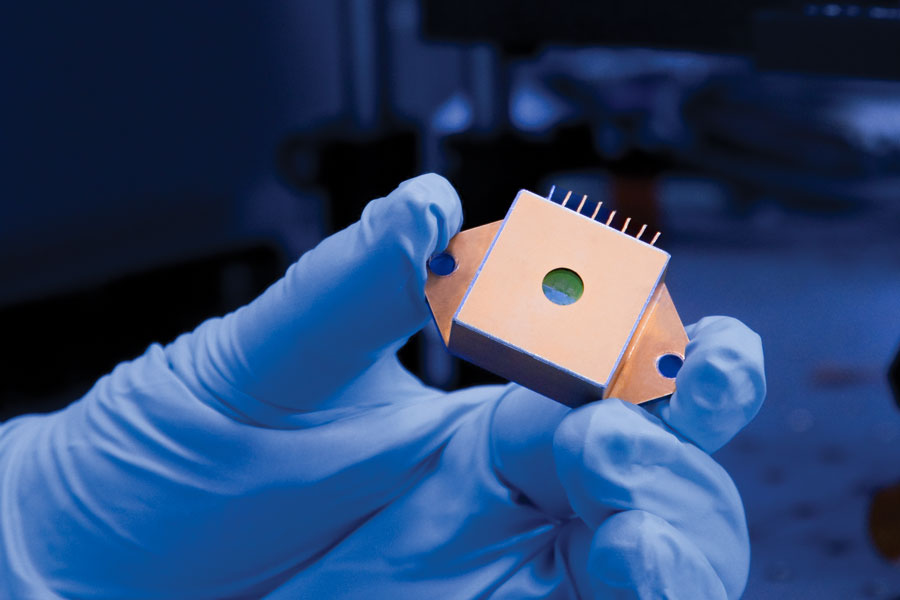



Dr. Webster is a Senior Research Scientist and former Director of MDL. He pioneered the application of tunable laser spectroscopy to a wide variety of research in molecular structure, photochemistry, electrical discharge physics, and especially Earth atmospheric science. He is an expert in numerous laser techniques from UV to IR and has built several miniaturized state-of-the-art instruments for use on Earth aircraft and planetary missions.

The tunable laser spectrometer (TLS) aboard the Mars Science Laboratory Curiosity rover—using lasers developed and space-qualified at MDL— has paved the way for semiconductor lasers to play an important role in future...

Harvard and JPL have been collaboratively pursuing the development of high power pulsed and CW laser systems for demanding spectroscopic applications since 2010. This partnership has resulted in two recent...

Fires can happen anywhere—even in space. So, for the astronauts who live and work there, it is critical to understand how fire spreads in a microgravity environment and how to manage it safely...

Amazing discoveries have come from the tunable laser spectrometer (TLS) aboard the Curiosity Mars rover, which is part of NASA's Mars Science Laboratory mission (MSL) since it landed in August 2012...